My LGBTQIA+ journey, from a tiny Caribbean island to the big city of Uppsala
Before talking about the LGBTQIA+ community in Uppsala and my lovely experience here, I will give a bit of background information about myself and my experience in other countries as a queer woman. Sooooo……
Hej Hej, I’m Sam and I’m from a small Caribbean island called Aruba; located just above Venezuela. The island is smaller than Stockholm and holds about 110.000 people. The island is beautiful, warm, with gorgeous beaches and the people on the island are very kind. But even though most Arubans are lovely people, many people are not kind towards locals who are part of the LGBTQIA+ community. Being a tourist and a part of the LGBTQIA+ community is fine, you´ll be treated like royalty since you´re a source of income. However, being a local and a part of the community is usually very frowned upon. Aruba is a very Christian island and the Christianity on the island does not support the LGBTQ+ community.
I’ve always known i was attracted toboth men and women. I found girls very beautiful and sometimes would feel the urge to pursue them romantically or sexually, but growing up on the island I supressed these emotions and only dated men and only showed interest in men in fear of judgement. I was also told that finding girls pretty is a normal thing and since I´ve only dated men and shown interest in men, I´m heterosexual and can’t be queer. Sadly, for most of my life I believed this and did not realise that I was and am, in fact, bisexual. Thankfully, things on the island are changing for the better and hopefully one day the community will be welcomed completely. However, when I was there it still was not. So, my attraction for girls was supressed until I left the island.
When I was 18, I left Aruba to start my Bachelor studies in the Netherlands. During my time in the Netherlands, I realised that there was a lot more than just homosexuality. I learned about various sexualities and specifically bisexuality which opened up a whole new world for me. A world I was, sadly, too scared to explore right away. I´ve only dated men and for years believed I was heterosexual, so this new information made me question everything. My life, my identity and most importantly my sexuality. Who am I?
Thankfully, with the help of amazing friends, and one truly supportive cousin, I started to explore my sexuality. I dated both women and men, and realised my attraction to both was and is real. I´m not a heterosexual that simply finds girls pretty. No, I´m a bisexual who loves both men and women, would love to pursue both and I´m finally proud of it! After having found my identity and sexuality, I was happy and could finally live my life freely.
After my bachelor studies in the Netherlands, I decided to move to Uppsala for my Masters. I wasn’t sure how the environment would be for us queer folk, but that was soon cleared up. One of the first things I noticed when moving to Uppsala was the vast amount of rainbow flags hanging around the city. I felt welcomed and I felt as if I´ve found my new home. I also noticed how open everyone is, from their clothing styles up to their sexuality. I saw many same-sex couples walking hand-in-hand and nobody, absolutely nobody, looks at them in a judgemental way. My heart still melts every time I see it. Everyone seems to be accepted here.
During the welcome weeks in Uppsala, I also got the time to visit all the nations and I found that one nation had recently had a gay night, and when I visited the nation, the nation was and still is decorated with rainbow flags. It truly warmed my heart when I saw it and it still does. When at the nation, I asked about the gay night and they were all so excited and happy to talk about it, and were so happy to welcome another LGBTQIA+ member to their nation. They explained how everyone could just be themselves with no judgement there and it was so very true. During their activities it´s totally not weird to see people with hair of all colors, or men in make-up, heels, skirts etc. Everyone is accepted and can truly be themselves. I can truly say I´ve found my second home.
Apart from the nations, there is also an LGBTQIA+ group in Uppsala which meets every Thursday (I will post the website below). They give lots of information about the community and also host fun activities. Everyone is welcome, and so kind to each other. It´s truly a safe space to be in and it´s truly fun to be around other members of the community to talk about your experiences, but also just have fun. They also have other specific groups meetups, such as trans groups and a mental health group. You can find all their info on their website! There is also an LGBTQIA+ student association being formed at the moment and hopefully they succeed in starting it, because that would be great! Their Instagram handle is: uppsalahbtqstudenter
All in all, Uppsala is so welcoming and very accepting of the LGBTQ+ community. I can be myself and be completely free here in Uppsala. Everywhere I go there is a rainbow flag to welcome me and show me, I´m home. I hope you can feel the same way as well.
/Samantha Angela



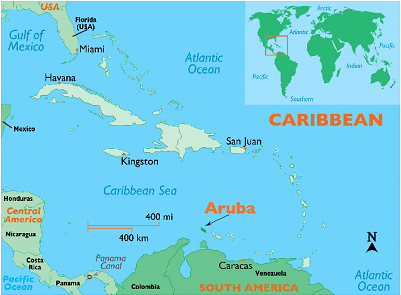
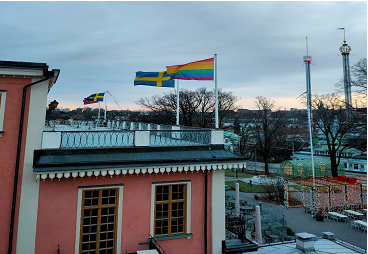
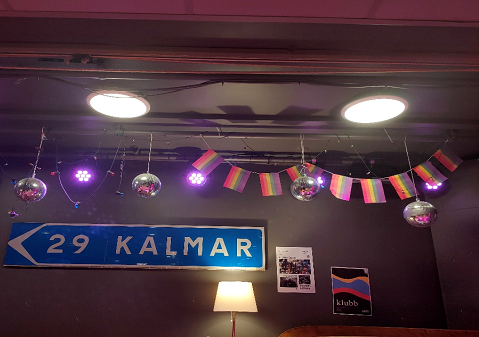


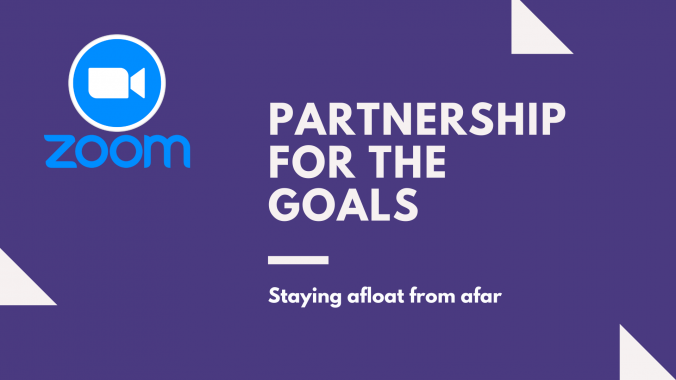

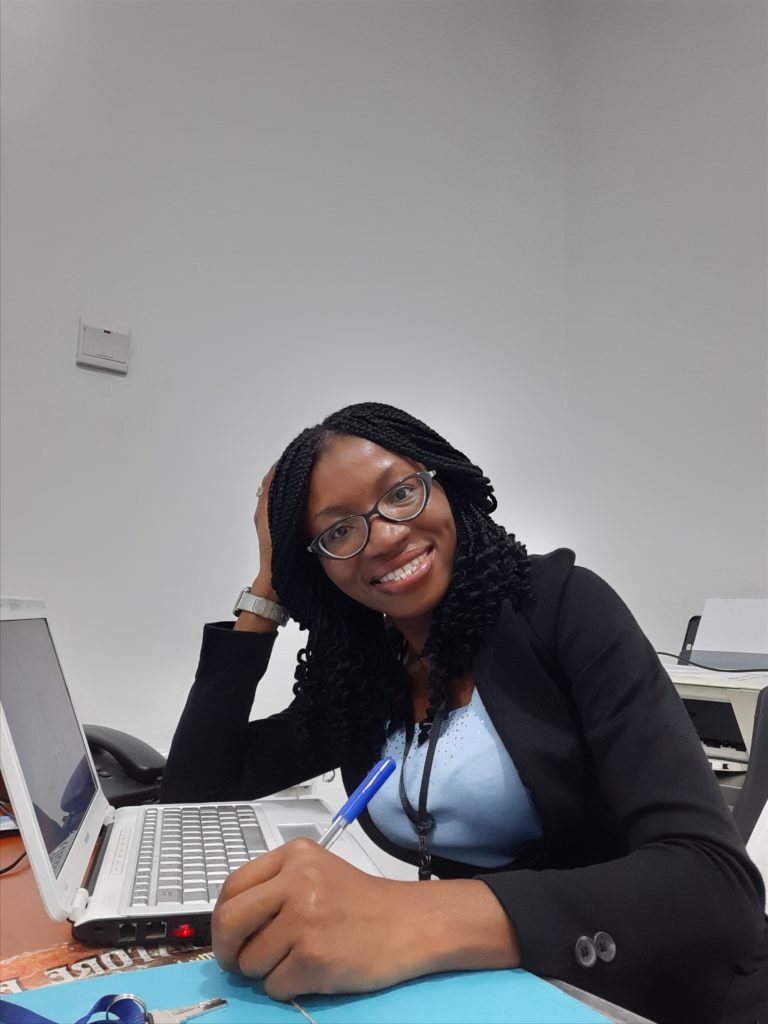

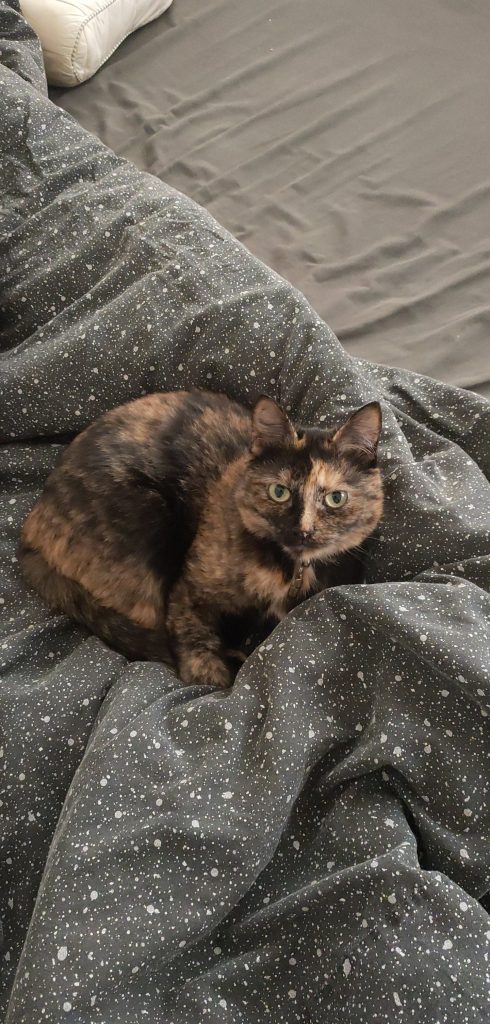
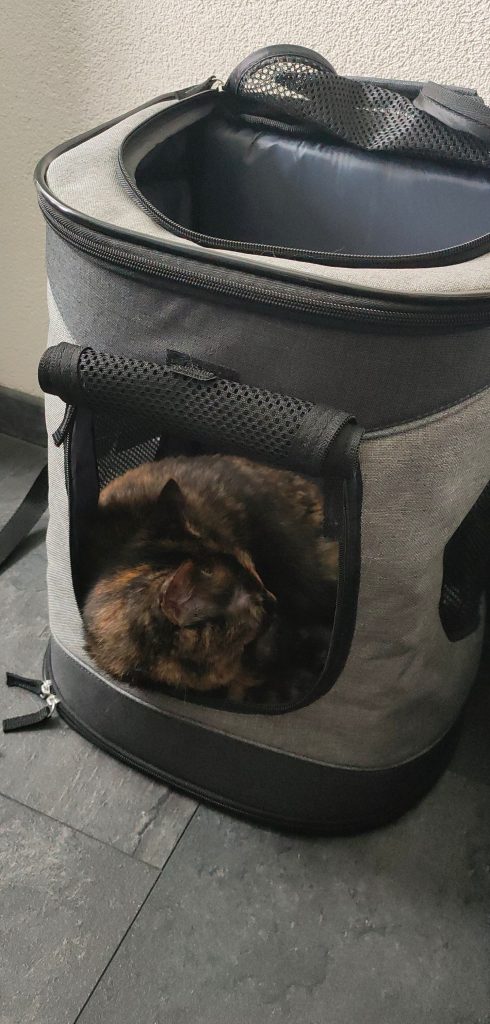
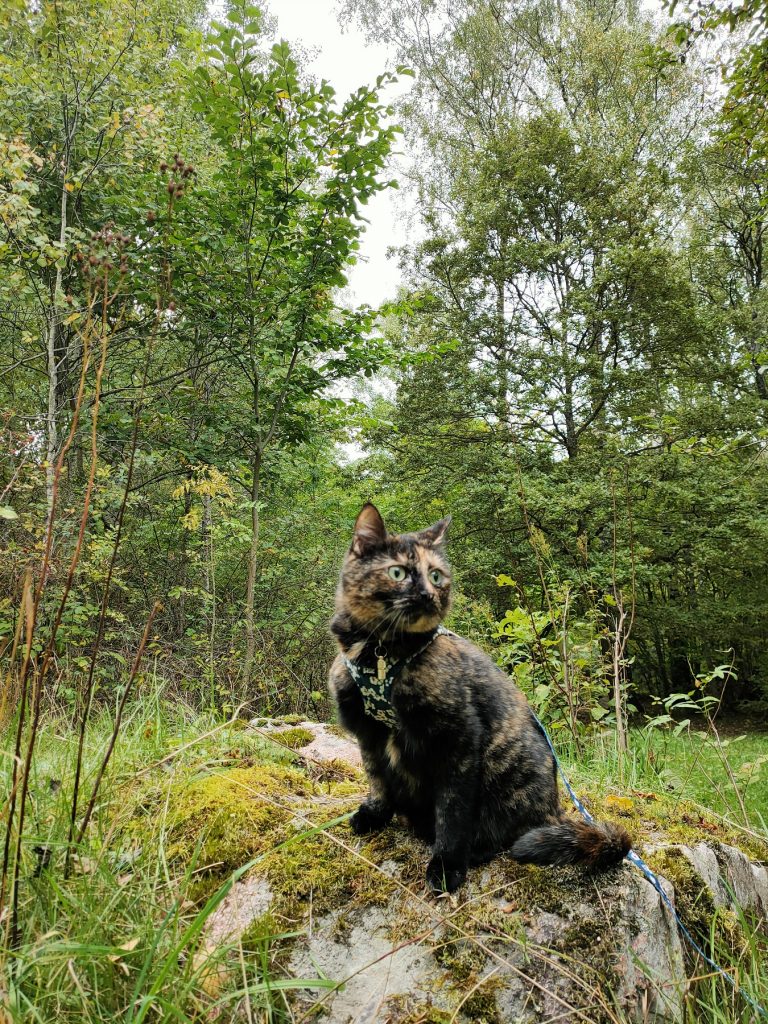
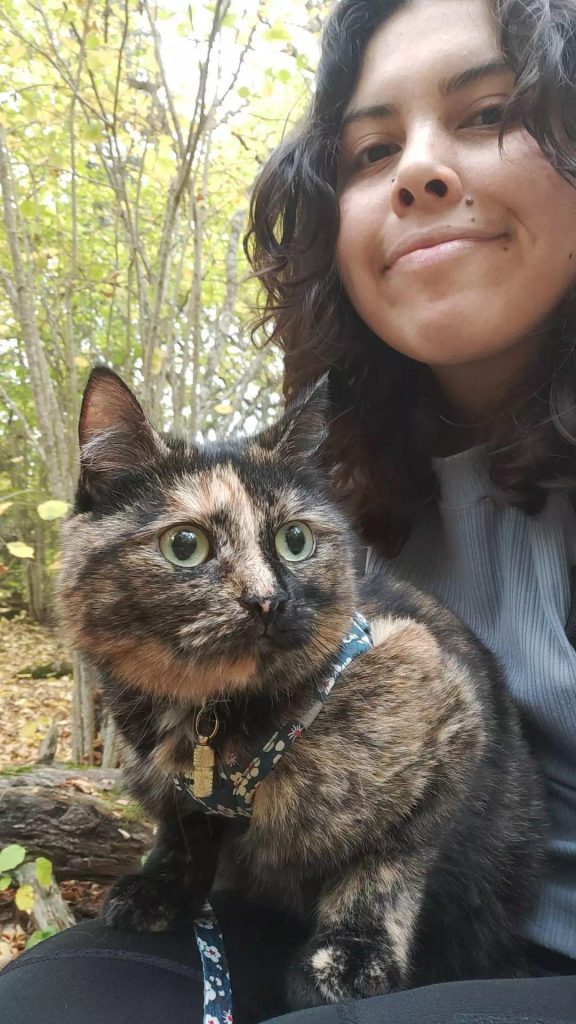
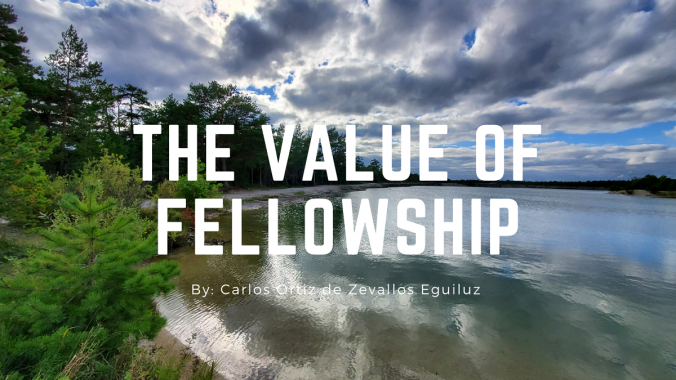

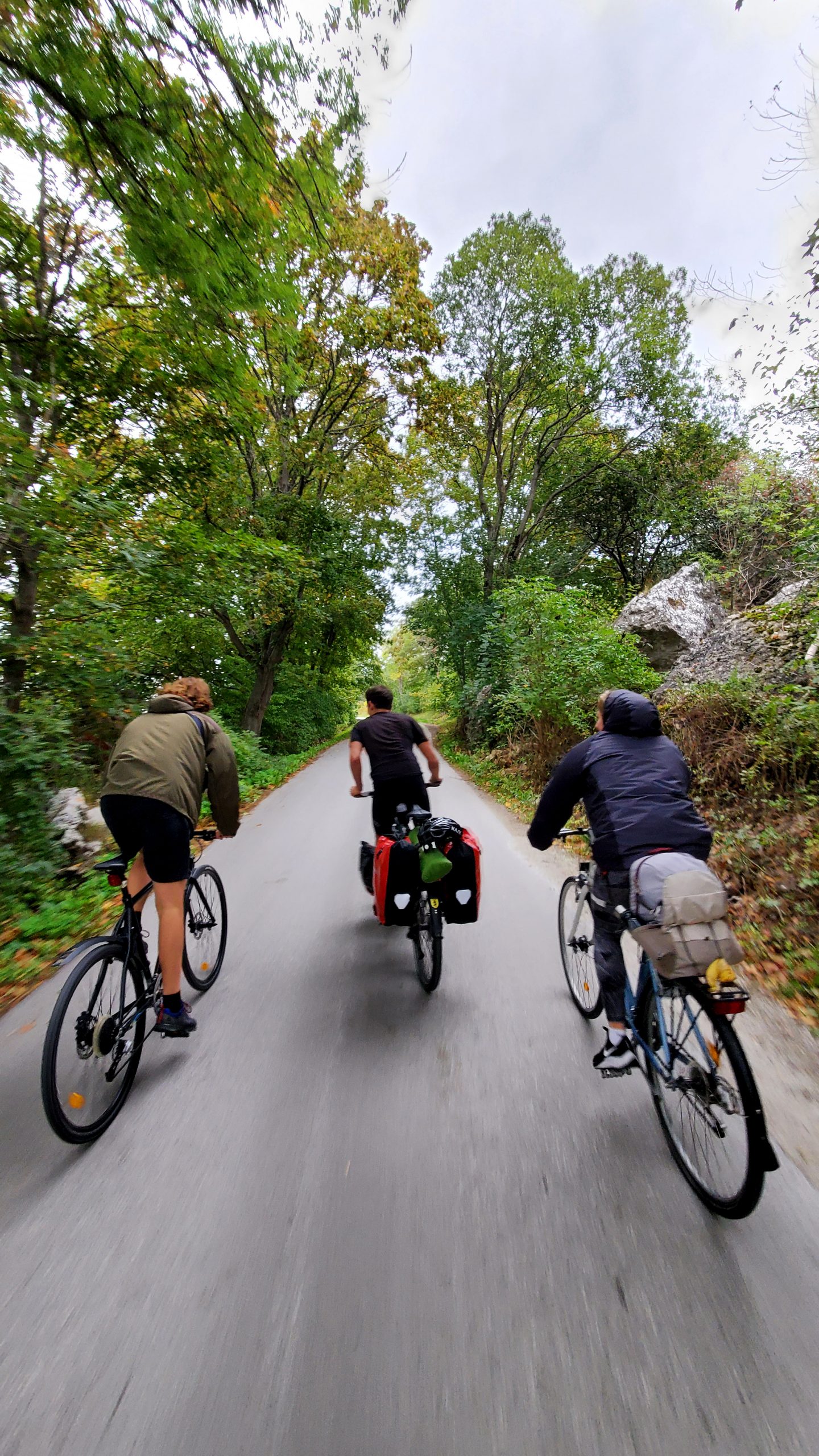

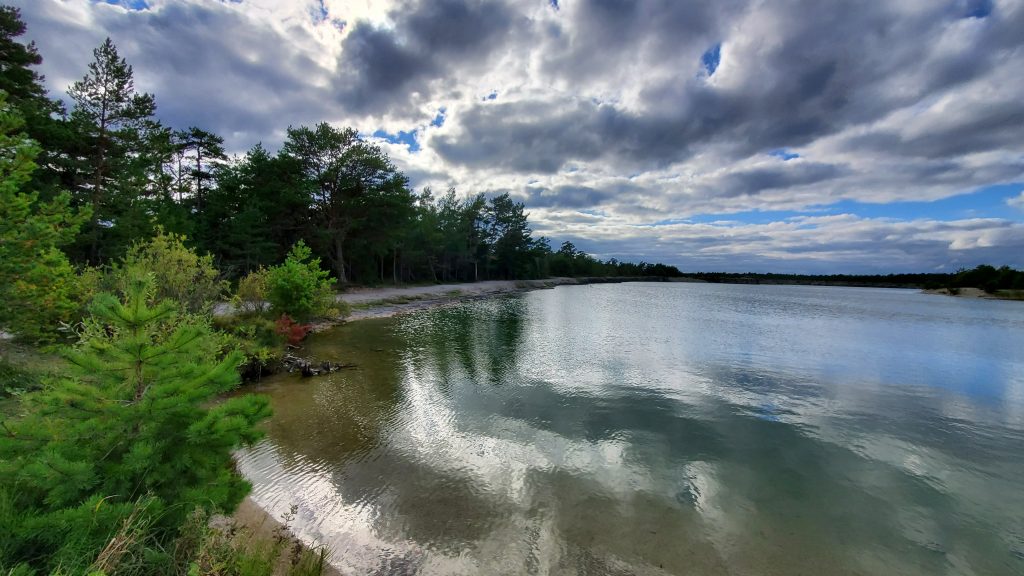
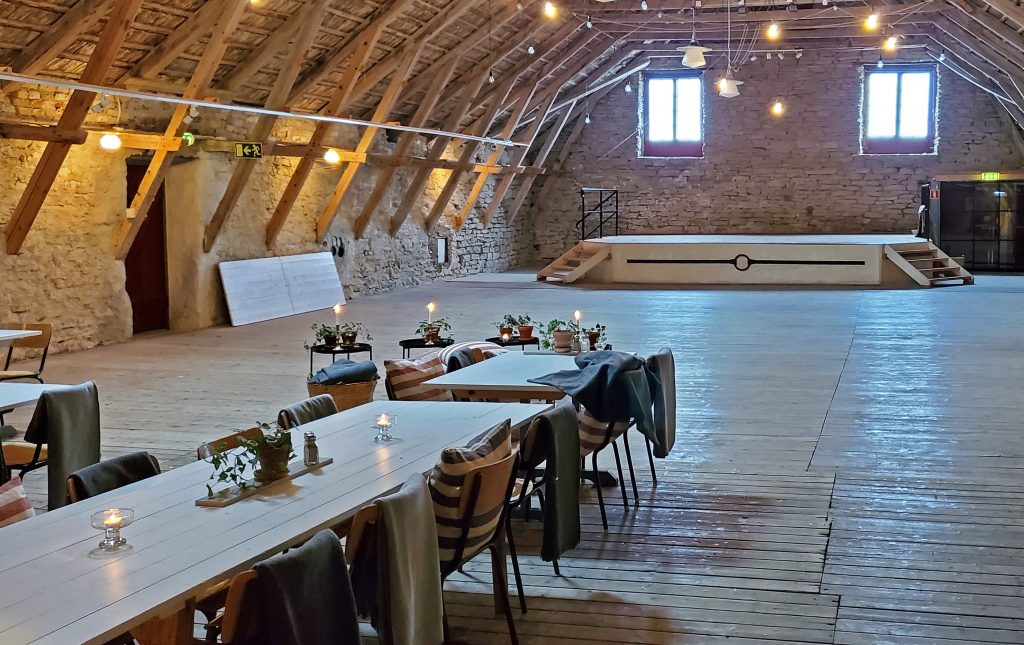
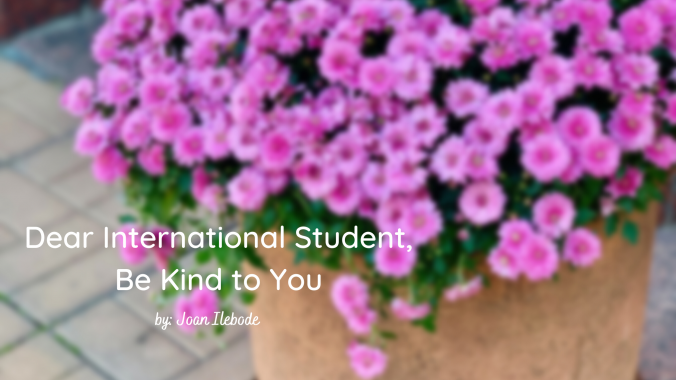
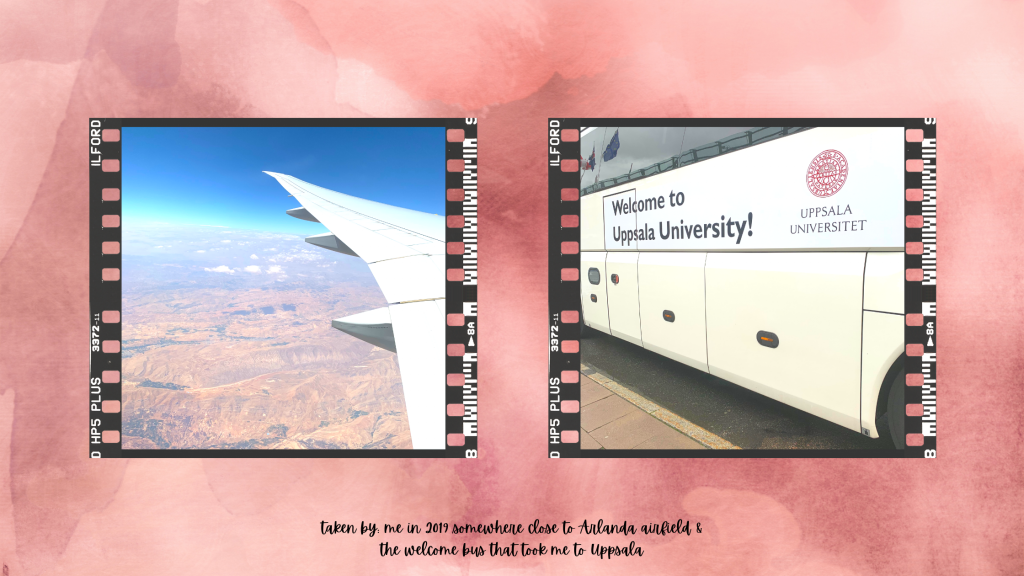
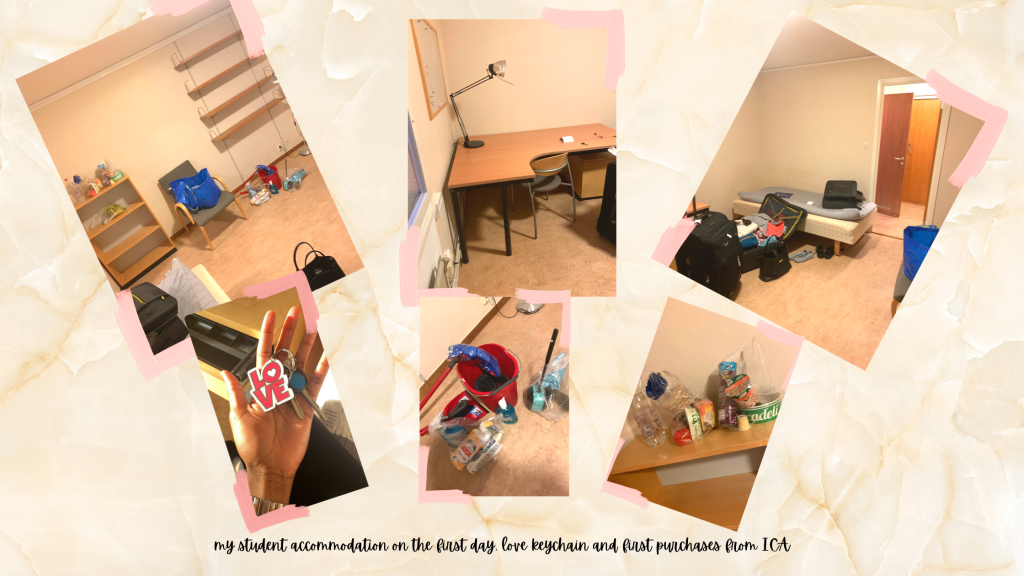
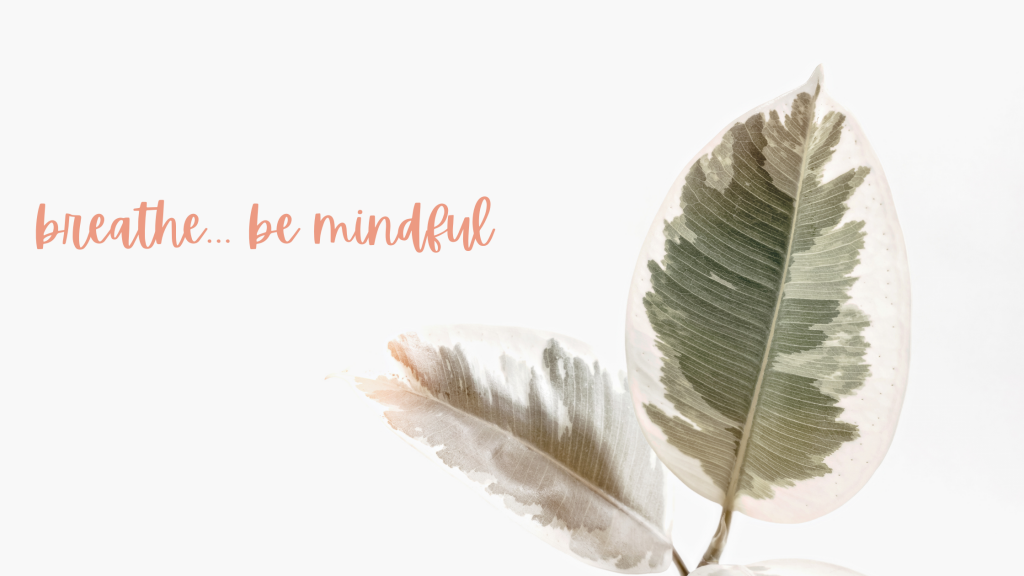
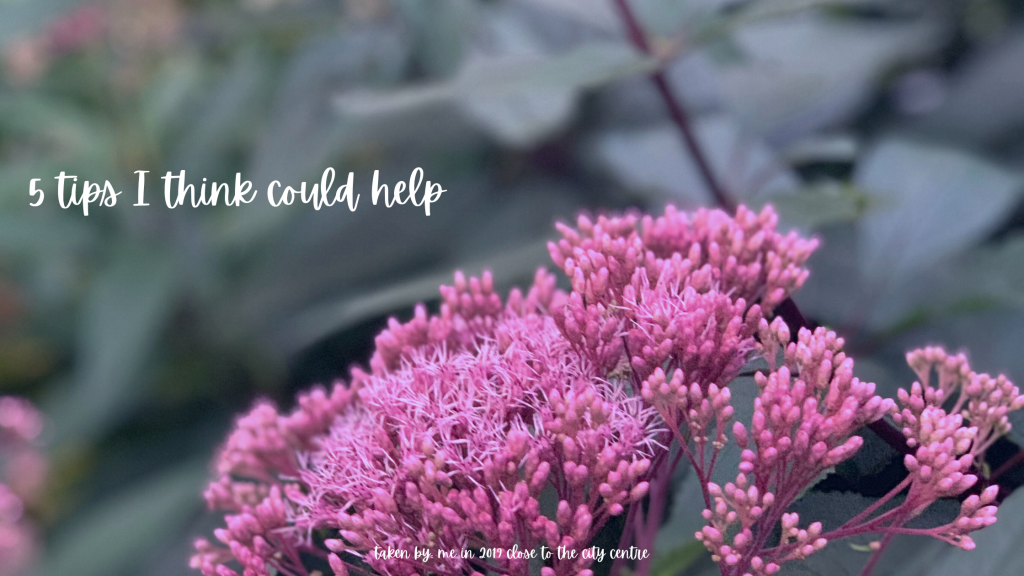



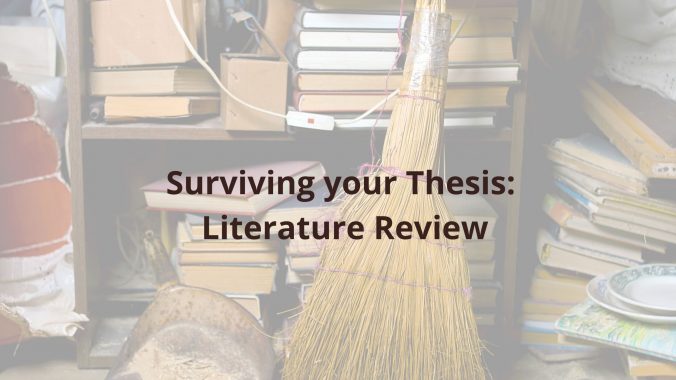
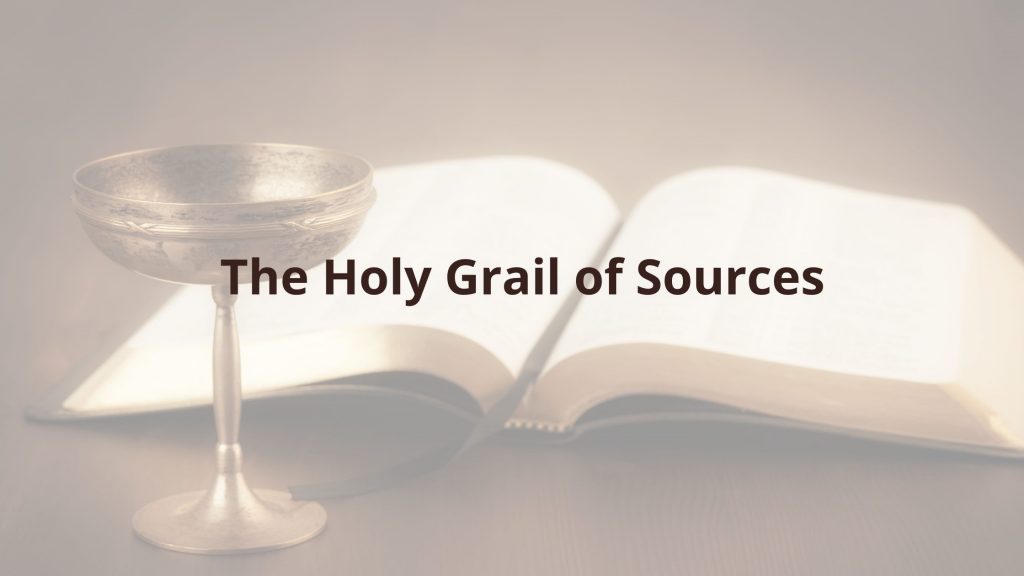



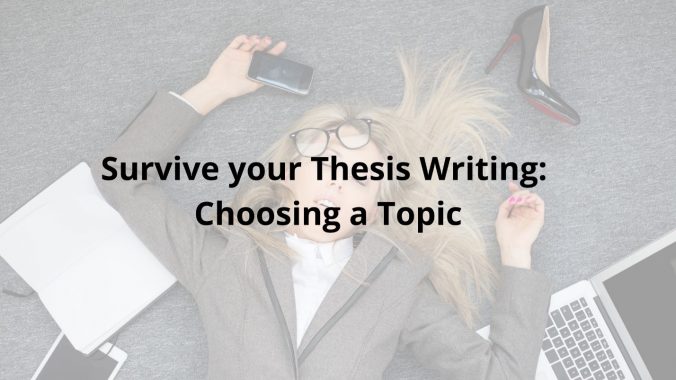
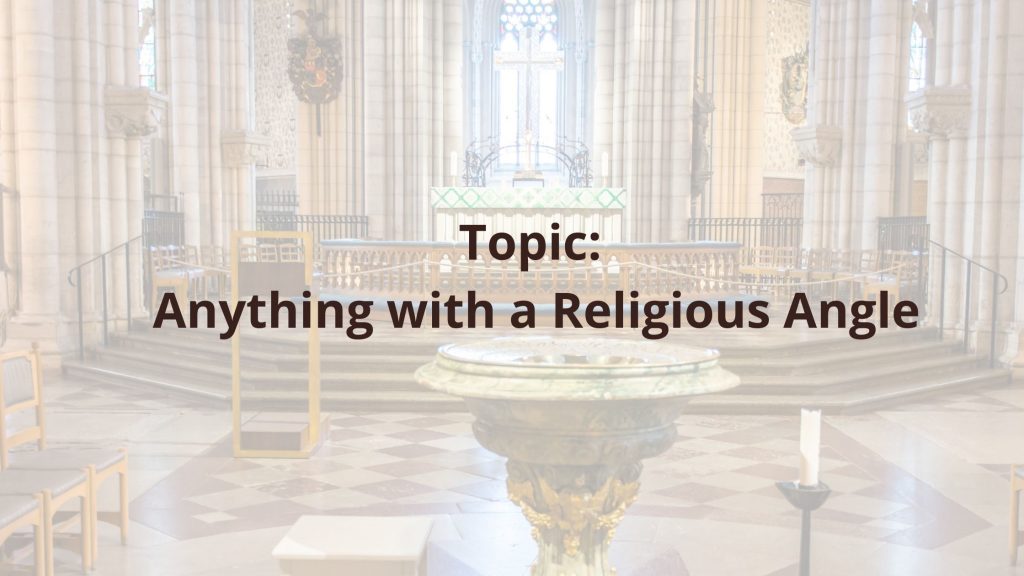
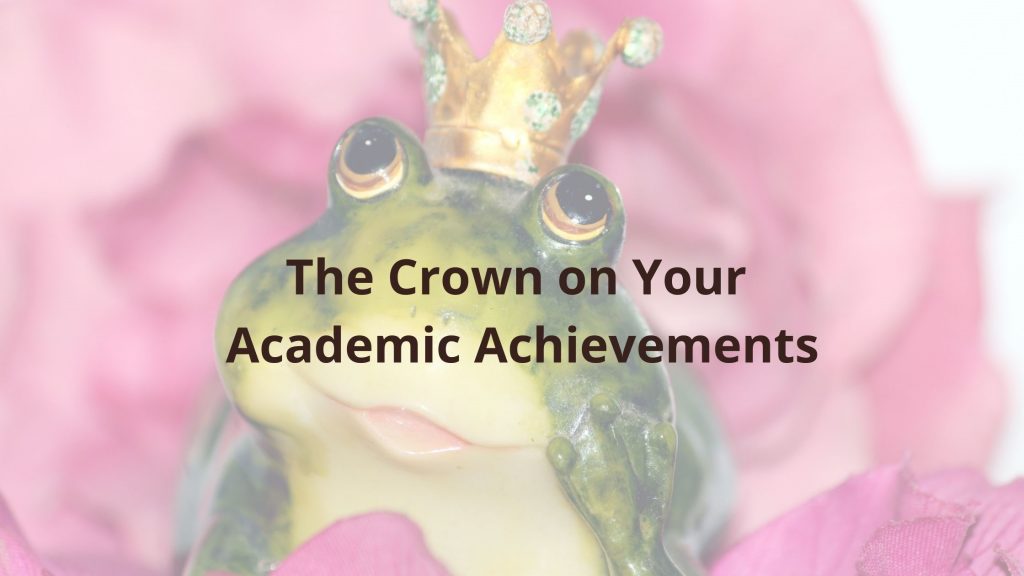

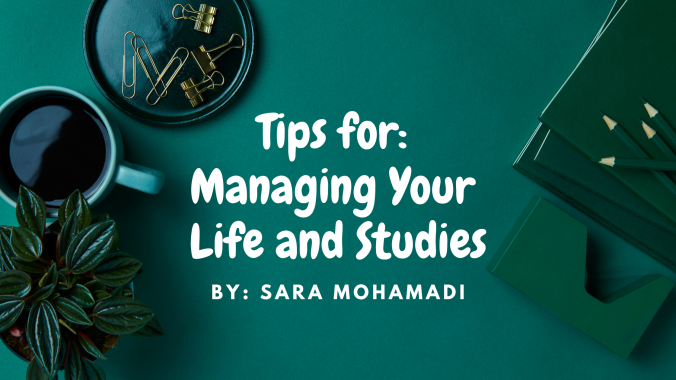

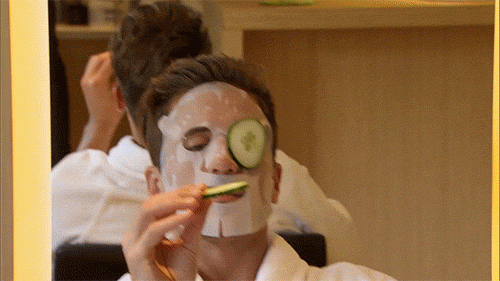




Recent Comments